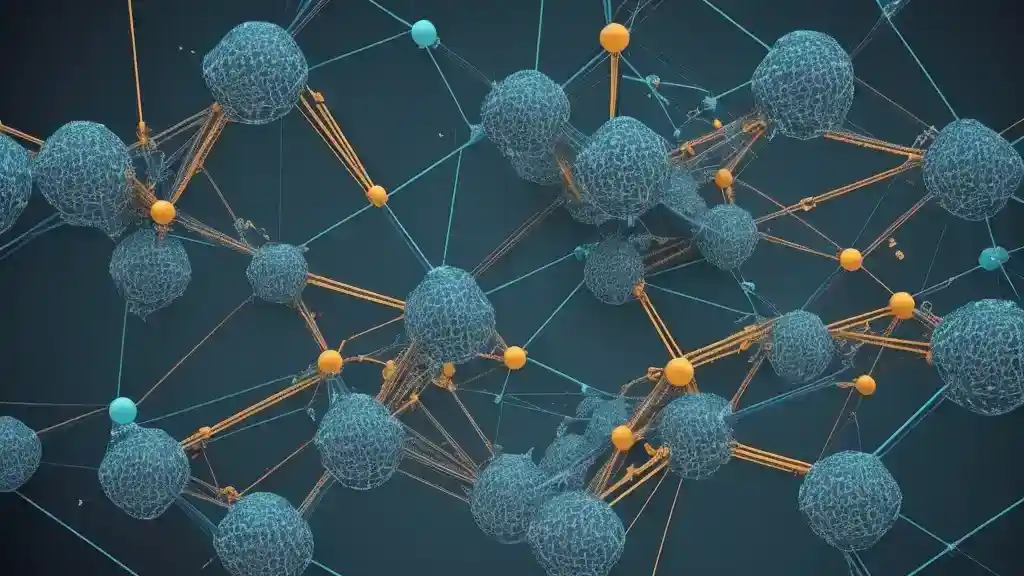What is a reorg? Implications and Future Directions

- Authors

- Name
- Dmitrii Fedotov
- @DmitriFedotov

- Name
- Pavel Fedotov
- @pfedprog
In blockchain technology, chain reorganizations, or "reorgs," are a significant challenge for decentralized networks. Stemming from simultaneous block production and network latency, reorgs disrupt ecosystems and introduce uncertainty into transaction confirmations. This article explores the complexities of blockchain reorgs, addressing their implications and potential solutions.
Reorg - Causes and Consequences
Blockchain reorganizations, often referred to as "reorgs," represent a critical phenomenon within decentralized networks. These reorgs happen when validators within the blockchain ecosystem disagree on the most accurate version of the chain, typically due to factors such as simultaneous block production, network latency, bugs, or malicious attacks. The consequences of reorgs extend beyond technicalities, impacting user experience, network costs, and security vulnerabilities.
What Triggers a Reorg?
A reorg is triggered when multiple blocks are produced simultaneously, leading to a divergence in the chain. This can occur due to network latency, bugs, or malicious attacks, resulting in a disagreement among validators on the canonical chain.
Consequences of Chain Reorganizations
Reorgs introduce delays in transaction confirmations, leading to poor user experiences, especially for exchanges reliant on timely transactions. Additionally, reorgs increase node costs over time, exacerbating resource constraints and hindering scalability efforts within blockchain ecosystems.
Impact on User Experience and Node Costs
Alongside delays in transaction confirmations, reorgs escalate node costs, further compromising user experience and network efficiency. These challenges necessitate robust governance mechanisms and innovative solutions to mitigate the impact of reorgs on decentralized networks.
Fork Choice Rules and Canonical Chains
The occurrence of reorgs underscores the importance of establishing effective fork choice rules to determine the canonical chain among competing branches. Fork choice rules serve as mechanisms for minimizing the risk of malicious attacks and network instability, thereby fostering trust and resilience within blockchain ecosystems.
The Role of Fork Choice Rules
Fork choice rules play a pivotal role in ensuring the integrity and security of decentralized networks by determining the canonical chain among competing branches. These rules minimize the risk of malicious attacks and network instability, enhancing trust and resilience within blockchain ecosystems.
Defining the Canonical Chain
The canonical chain represents the agreed-upon main chain within the blockchain ecosystem. Despite the network's uncertainty regarding the canonical chain, robust fork choice rules facilitate the determination of the correct chain, thereby mitigating the impact of reorgs on network integrity.
Strategies for Determining the Correct Chain
Blockchain communities leverage various strategies to determine the correct chain, ranging from the longest valid chain rule to innovative consensus mechanisms such as Proof-of-Stake. These strategies aim to enhance network security, minimize the incidence of reorgs, and foster consensus among validators.
Ethereum's Reorg Experience
Ethereum's recent reorg experience provides valuable insights into the challenges and vulnerabilities associated with decentralized networks. By analyzing Ethereum's response to reorgs, developers can glean valuable lessons and propose effective solutions to enhance network security and resilience.
Analyzing Ethereum's Recent Reorg
Ethereum's recent reorg, particularly within the Beacon Chain, underscores the potential security risks and vulnerabilities inherent in decentralized networks. By examining the causes and implications of Ethereum's reorg, developers can devise strategies to mitigate similar challenges in the future.
Addressing Security Risks and Vulnerabilities
Ethereum developers respond to reorg-related security risks by implementing protocol upgrades and consensus mechanism enhancements. These efforts aim to fortify Ethereum's resilience against reorgs, safeguard user funds, and maintain network integrity.
Developer Responses and Proposed Solutions
Ethereum developers collaborate to address reorg-related challenges, proposing solutions such as the Gasper fork choice rule and Proof-of-Stake consensus mechanism. By prioritizing network security and resilience, Ethereum developers strive to enhance user trust and confidence in decentralized networks.
Towards a Resilient Future - Innovations and Adaptations
The transition to a resilient future requires blockchain communities to embrace innovations and adapt to evolving challenges. By leveraging Proof-of-Stake consensus mechanisms and robust fork choice rules, blockchain ecosystems can enhance network security, minimize reorg-related vulnerabilities, and foster trust among stakeholders.
The Shift to Proof-of-Stake Consensus
The transition to Proof-of-Stake consensus mechanisms, exemplified by Ethereum's Beacon Chain, holds promise for reducing the incidence of reorgs and enhancing network security. Proof-of-Stake consensus mechanisms prioritize network security, scalability, and energy efficiency, paving the way for a resilient future.
Gasper Fork Choice Rule and Enhancing Network Security
The Gasper fork choice rule represents a significant innovation in blockchain governance, prioritizing attester votes and attestations to determine the canonical chain. By distributing decision-making authority among validators, Gasper minimizes the risk of reorgs and enhances network security and resilience.
Future Directions and Mitigation Strategies
Blockchain communities explore future directions and mitigation strategies to address reorg-related challenges effectively. By prioritizing user experience, protocol efficiency, and resistance to malicious attacks, blockchain developers can chart a course towards a future where reorgs are a rare occurrence rather than a systemic risk.
Charting a Course for Network Stability and Security
In conclusion, blockchain reorganizations pose significant implications and challenges for decentralized networks. By understanding the causes and consequences of reorgs, implementing robust fork choice rules, and embracing innovative solutions, blockchain communities can navigate the complexities of reorgs and emerge stronger, more resilient, and better equipped to realize the full potential of blockchain technology.